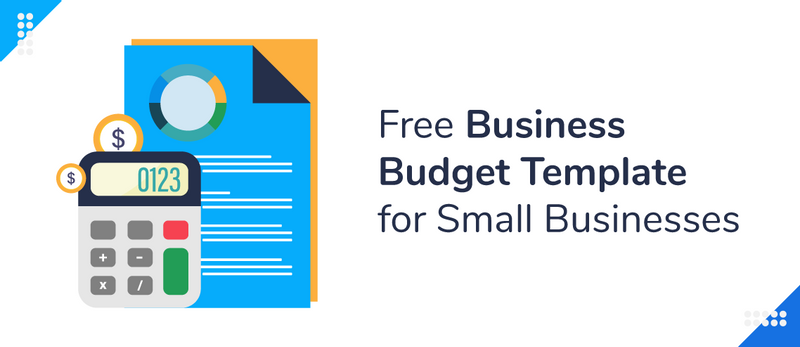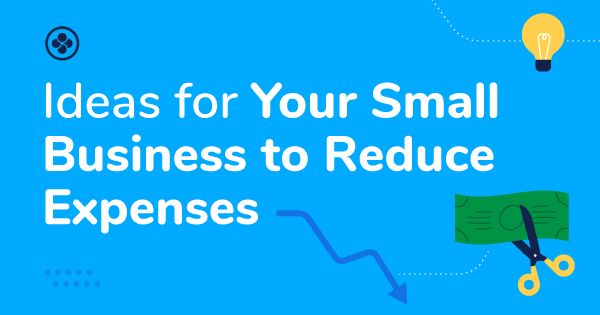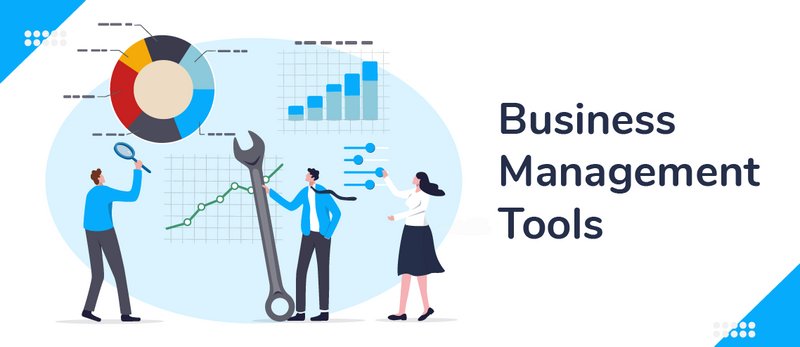Free Business Budget Template for Small Businesses

Half of small businesses did not create an official, formally documented budget in 2020, according to research from Clutch. Even more concerning, 19% of companies with 10 employees or fewer didn’t create any kind of budget.
Of course, small business owners are extremely busy, which means finding the time to draw up a budget can sometimes feel impossible.
But it really is worth the effort. That same survey from Clutch found just one-third of small businesses that created a budget in 2020 ended up spending more than expected. In other words, when they make the effort to produce a budget, they tend to stick to it.
With that in mind, here’s how to create your own small business budget along with a free template.
1. Assess Your Revenue Streams
You can’t draw up a budget until you understand your current sources of revenue.
Why revenue rather than profit? Because revenue is all the money you generate, whereas profit takes into account all your fixed and variable costs (more on these later). Costs can fluctuate – and will often be proportionally higher in the early life of the business – so revenue gives you a clearer picture of your earning potential.
Look over your historic income, ideally going back two or three years to help you analyze trends. Add all the different revenue sources together and break them down month by month to identify exactly how much money comes into your business (and when). This allows you to plan for seasonal peaks and troughs. Maybe you should consider adding a temporary worker or two to your team to cope with busy periods?
2. Calculate Fixed Costs
Having added all your revenue streams together, it’s time to get onto your expenses. Start by analyzing your fixed costs – that is, any recurring costs that are essential for your business to function. While they naturally vary from one business to another, they often include things like:
- Rent
- Employee salaries
- Depreciation of assets
- Business insurance
- Debt repayment
- Supplies
- Materials
- Tax
Add all of these costs together, divide them by 12 – unless you have a specific reason to only account for certain fixed costs in specific months – then take them away from your revenue.

3. Add Up Variable Costs
Not all costs are fixed. Others are essential recurring costs that rise and fall based on how much you use them (like utilities), or non-essential but nice-to-have expenses that can directly or indirectly affect the performance of your business. Those non-essential variable costs, known as “discretionary expenses”, can include:
- Office supplies
- Training and development
- Mergers and acquisitions
- Research and development
- Marketing and advertising
- Replacing outdated equipment
- Entertainment and perks
- Software and tools
- The owner’s salary
- Travel
It’s important to be as detailed as possible in describing your variable costs. For instance, don’t just write “software subscriptions”. Instead, break those subscriptions down into the specific tools you’re using and how much you pay for each.
4. Leave Yourself a Contingency Fund
While budgets are all about predicting the future with as much accuracy as possible, some things simply can’t be foreseen. After all, the unexpected storm that causes your property to flood and the emergency meeting with one of your clients that forces you to spend hundreds of dollars on travel and accommodation need to be accounted for somehow.
That’s why you should always leave a little “wiggle room” in your budget to help you cope with crises or capitalize on unexpected opportunities. Create a contingency fund to help you deal with those events and challenges – that way you won’t have to rely on an emergency small business loan or similar to get you through the hard times.
5. Create Your P&L Statement
Having gathered all that information together, combine it into your profit and loss (P&L) statement.
While the name can sound a little intimidating to non-accountants, creating your P&L involves nothing more than some simple math:
- Add your income for the month
- Add your expenses (fixed and variable) for the month
- Subtract expenses from income to leave your profit (or loss)
Hopefully you’ll be in the black once you’ve calculated your sums. If not, don’t worry. Not every small business is profitable, especially during the early years. Even fewer small businesses are profitable every single month – some level of seasonality is always to be expected.
Either way, having created your P&L, you have a much better idea of what to expect going forward, which can help you plan accordingly.
6. Look to the Future
Your P&L gives you a clear picture of past performance. That’s useful, but it’s not enough to help you plan for the future. To do that, you need to create a forward-looking budget.
While your budget and P&L are separate documents, the two should be closely aligned. Tying your budget to your profit and loss statement will help you factor in things like seasonality, while also helping you identify decisions you took and investments you made that are worth repeating (or avoiding).
No matter how much historical financial data you have to draw on, projecting the future is never a precise science. However, if you’ve been doing this for a while – and have trending data to back up your educated guesswork – you’re much likelier to create an accurate forecast. Look out for the following trends on your P&L:
- Fluctuations in performance caused by unpredictable external factors, such as poor weather, economic downturns, and natural disasters.
- Seasonal trends influenced by predictable and repeatable external factors like school holidays, tourist travel, and peak buying periods.
- Investments in materials, stock, or equipment that will ultimately benefit the business going forward.
- Higher-than-expected profits than in previous months, quarters, or years that can’t be explained by internal actions or external factors.
Free Business Budget Template
Ready to get started? Try out the free business budget template below and adjust where you see fit to suit your business:
JD enjoys teaching people how to use ZoomShift to save time spent on scheduling. He’s curious, likes learning new things everyday and playing the guitar (although it’s a work in progress).



